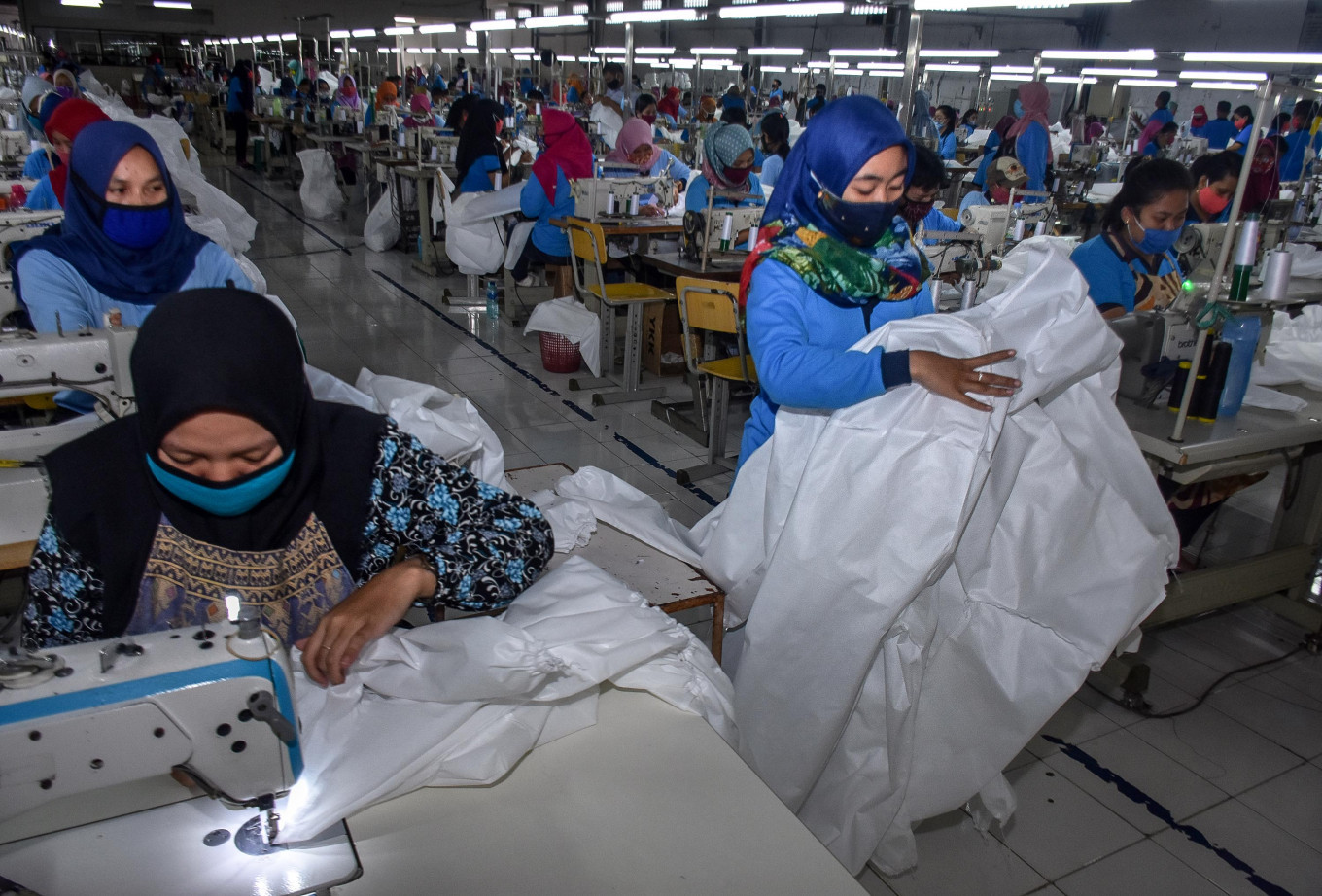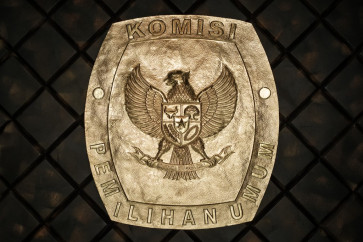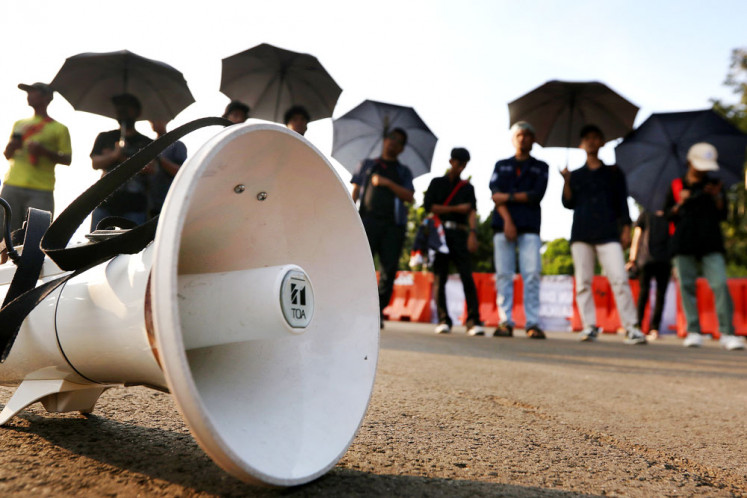Manufacturing uncertainty to persist despite slight growth
Manufacturers in Indonesia remained confident that output will increase over the coming year, although sentiment dipped slightly in December, according to an IHS Markit survey.
Change Size

T
he Indonesian manufacturing sector is expected to see a moderate improvement this year, according to analysts, following an expansionary trend seen at the end of 2020, though uncertainty continues to loom over the industry.
Indonesia’s Manufacturing Purchasing Managers’ Index (PMI), a compilation of responses from a monthly survey of 400 manufacturers, rose to 51.3 in December from 50.6 in November, data from business information provider IHS Markit shows. A reading above 50 reflects an expansion from the previous month.
The reading signaled a modest improvement in business conditions and the greatest jump in 10 months, supported by a sharper increase in new orders and improving demand as disruption from the COVID-19 pandemic eased, according to IHS Markit.
“Indonesian firms had a largely positive end to 2020, with latest PMI data showing second successive rises in output and new orders,” IHS Markit economics director Andrew Harker said in a statement on Jan. 4.
“There remains a long way to go given the severe disruption caused by the COVID-19 pandemic, but manufacturers are at least confident regarding prospects for 2021.”
The coronavirus outbreak has hit manufacturing activity hard due to the implementation of strict movement restrictions to curb the virus spread and disruptions in supply chain and production activity.
The manufacturing industry, which accounts for almost 20 percent of the country’s gross domestic product (GDP), the highest among business sectors, shrank 4.31 percent year-on-year (yoy) in the third quarter of last year after contracting 6.19 percent in the previous quarter. The economy itself shrank 3.49 percent in the third quarter, Statistics Indonesia (BPS) data shows.
Manufacturers in Indonesia remained confident that output would increase over the coming year, although sentiment dipped slightly in December, according to the IHS Markit survey. Optimism was centered on predictions of further increases in new orders and hopes that the COVID-19 pandemic would subside.
While the reading showcases the greatest improvement in 10 months, the high number of daily new confirmed COVID-19 cases poses a downside risk as it may trigger a tightening of mobility restrictions, according to Andry Satrio, the head of the Center of Industry, Trade and Investment at the Institute for Development of Economics and Finance (Indef).
“The [stricter restrictions] means economic activities may decline, causing domestic industries to contract,” Andry told The Jakarta Post in a phone interview on Tuesday.
“This is not good news for domestic industries, which are currently heading toward expansionary conditions. This demands our attention, as we cannot yet rely on vaccines this year.”
Indonesia’s daily confirmed cases have hovered at around 6,000 since December and even surpassed 8,000 several times in the month, bringing the total infection number to more than 779,000 on Tuesday, official data shows.
Recent developments in the vaccination program were expected to continue bolstering consumer confidence, further boosting demand despite looming logistical challenges, Mirae Asset Sekuritas Indonesia economist Anthony Kevin said.
“Entering January, we foresee [Indonesia’s] manufacturing activities to record merely a mild expansion at around 50.1 to 50.9, responding to the higher base,” he wrote in a research note on Tuesday.
While the manufacturing PMI showed an improvement in December, the manufacturers reported a reduction in employment for the 10th month due to spare capacity despite an uptick in new orders, according to IHS Markit.
In the July-September period, the manufacturing sector showed the steepest yearly decline at 1.30 percentage points to 13.61 percent in terms of the sector’s share of the labor force, BPS data shows.
The manufacturers also reported delivery delays as pandemic restrictions and import difficulties resulted in obstacles to secure raw materials, IHS Markit said. As a result, prices rose at the fastest pace in 19 months as manufacturers passed on the higher input cost to consumers.
"On a less positive note, levels of capacity in the sector were such that further reductions in employment were recorded while widespread supply-chain disruption hampered efforts to secure raw materials. Firms will be hoping that these areas show signs of improvement in the early part of 2021,” Harker said.









